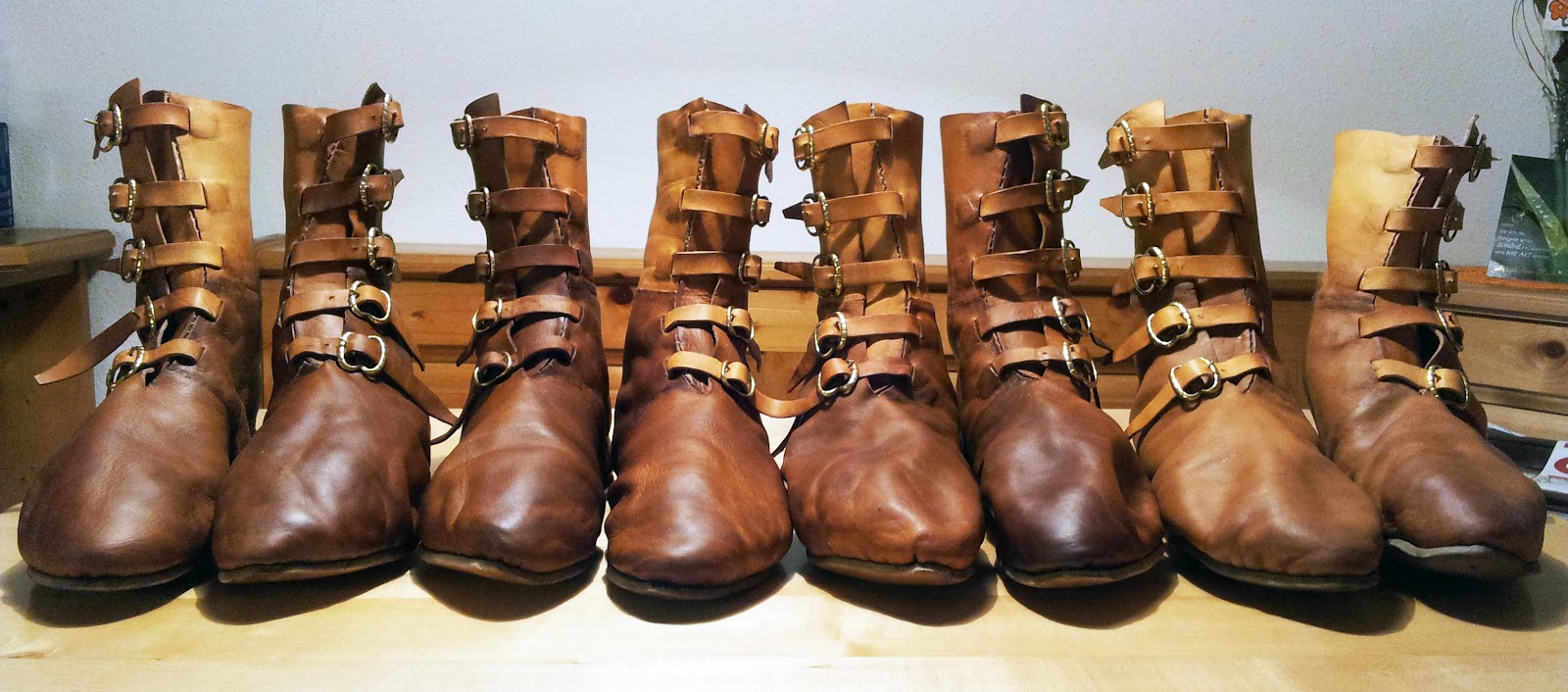William Garza
Veteran Member
- Time of past OR future Camino
- Camino Frances, The Jakobsweg
A really..odd question
Have you ever seen a peregrino in character?
A monk, a dandy,a highwayman?
Just for the sport of it..or an authenticity, a search for how it may have been..or never been to travel cognito in costume.
Just a curious question of my imagination about how practical\impractical dress would have been..and shoes..oh boy...
Have you ever seen a peregrino in character?
A monk, a dandy,a highwayman?
Just for the sport of it..or an authenticity, a search for how it may have been..or never been to travel cognito in costume.
Just a curious question of my imagination about how practical\impractical dress would have been..and shoes..oh boy...







































